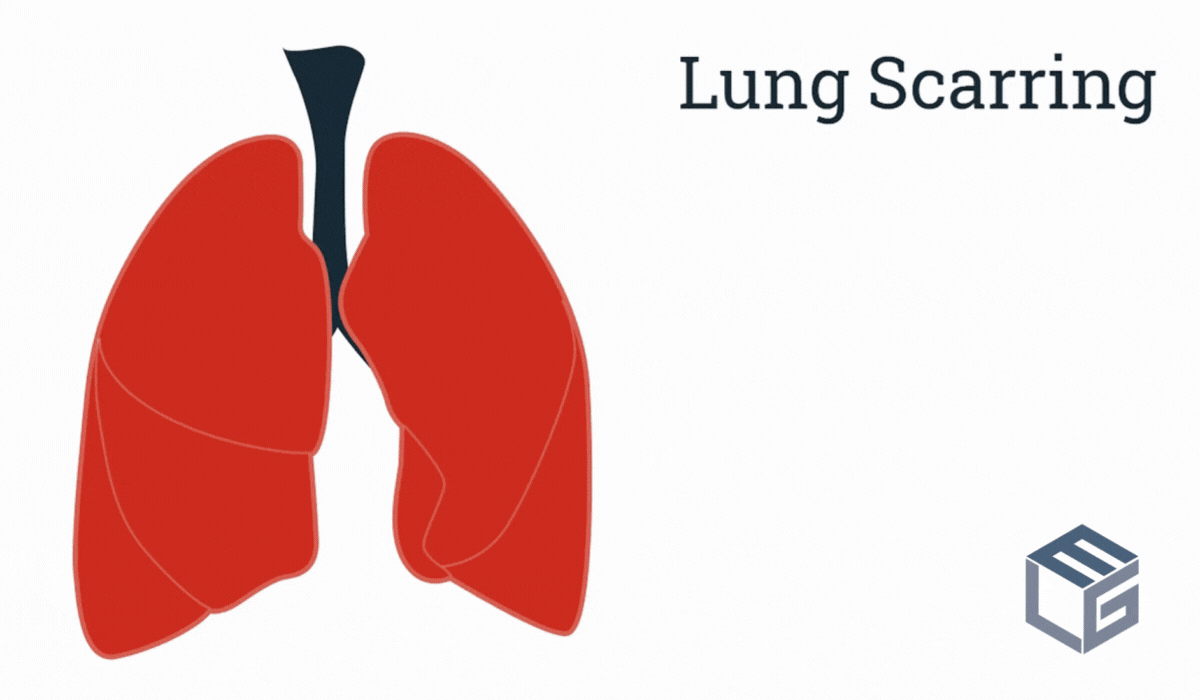Nearly 50,000 people are diagnosed with lung scarring or pulmonary fibrosis each year
The scarring of the lungs makes them stiff, reducing their size as well as capacity and thereby decreasing the amount of air that can be taken into the lungs during breathing. Once lung scarring develops, it cannot be repaired or reversed, and this condition of irreversible lung scarring is also termed pulmonary fibrosis. Due to lung scarring, it becomes hard for oxygen to pass through the tiny air sacs, and thus the amount of oxygen that passes into the blood reduces. This is a progressive disease, and as the lungs get scarred or fibrotic, the patients become short of breath and may even need oxygen to help them breathe. Nearly 132,000 people in the US are affected by pulmonary fibrosis, and almost 50,000 new cases occur each year. It has been estimated that each year, over 30,000 people lose their lives due to pulmonary fibrosis.
Asbestos fibers, when inhaled, can get trapped inside the tiny air sacs where the exchange between oxygen and carbon dioxide takes place within the lungs. In order to get rid of these asbestos fibers from the lungs, our immune system will react through an inflammatory process. Though the white blood cells try to break down these asbestos fibers, they often fail in their efforts and eventually rupture and die. This, in turn, will attract fibroblasts or scarring cells to the site and initiate the formation of scar tissue (fibrosis) in the lungs. The scar tissue formation in the lungs can restrict the ability to breathe as well as cut down the oxygen reaching the blood in other parts of the body. Scarring can develop in the pleura, the lining between the lungs and the chest wall, and often occurs in association with asbestosis. This makes it important for workers to share their work history with their doctor and undergo routine check-ups. Additionally, it can take decades before a person starts experiencing symptoms and gets a proper diagnosis, which is very dangerous. Lung scarring may be associated with the following signs and symptoms:
- shortness of breath
- chronic dry cough
- aches in the muscles and joints
- unintentional weight loss
- fatigue
